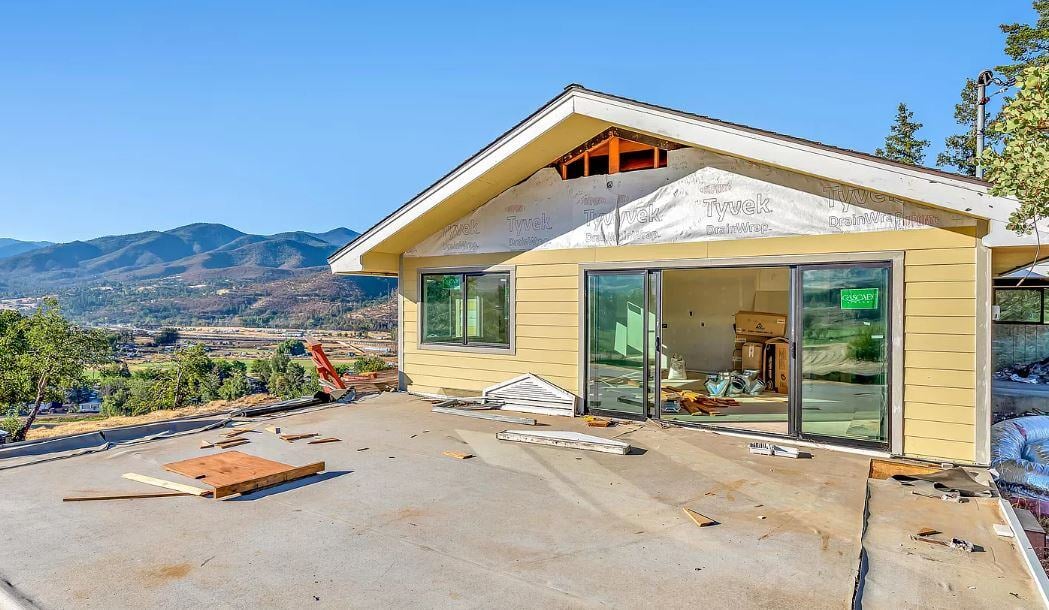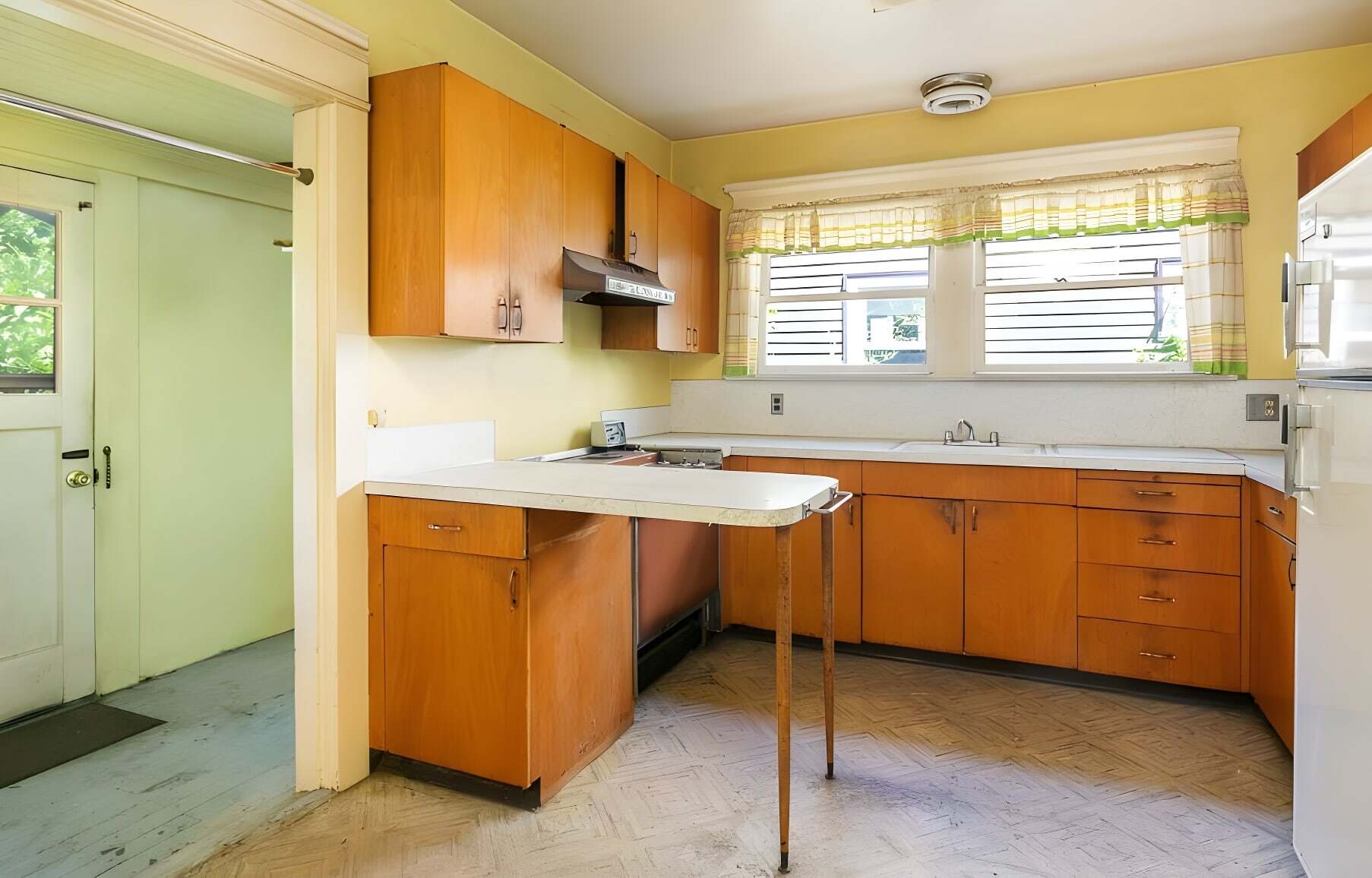Hard Money Fix and Flip Financing: A Complete Overview
Table of Contents
What are FCTD’s Minimum and Maximum Loan Amounts?
What is Loan-To-Value (LTV) Versus Loan-To-Cost (LTC)?
What Are Fix and Flip Investor Rehab Loans?
How do Fix and Flip Plus Rehab Payments Work?
Applying for Fix and Flip Loans
What are Fix and Flip Loan Application Requirements?
How Much Money Do You Need to Flip a House?
Introduction
You’ve got your eye on a fixer-upper and want to seize this opportunity. There’s just the small question of financing. You’ve heard of hard money fix and flip loans – but will it work for your situation?
The short answer is maybe: it’s highly dependent on both your particular situation and the property. The longer and more nuanced answers you’ll need can be found in the FAQs below.
At First Capital Trust Deeds (FCTD) we have years of experience connecting fix and flip investors with hard money lending solutions. The in-depth blogs linked throughout this FAQ are designed to give you our expert advice on each hard money fix and flip topic – so you can approach your next steps informed and ready.

A hard money fix and flip loan is a short-term bridge loan that provides financing for real estate investors who purchase, renovate, and sell properties for profit (a.k.a. house flippers). These loans are typically issued by private lenders and secured by the subject property as collateral.
What are FCTD’s Minimum and Maximum Loan Amounts?
FCTD’s minimum and maximum loan amounts on fix and flip loans range from $250,000 to $10 million.
What is Loan-To-Value (LTV) Versus Loan-To-Cost (LTC)?
Hard money fix and flip loans are influenced by LTV and LTC. Lenders usually set a maximum leverage amount for investors financing a fix and flip project.
LTV is the ratio lenders use to compare the loan amount to the property’s current value.
Most fix and flip loans have an 80% LTV on the actual purchase, with some coming in at 85% or even 90% LTV.
LTC measures the combined loan amount (purchase financing plus rehab costs) against the total overall project costs (purchase price plus renovation expenses). To calculate the LTC percentage, divide the loan amount by the total project cost.
Ex: $100,000 purchase price + $50,000 rehab = $150,000 total cost
$80,000 purchase loan + $50,000 rehab = $130,000 loan / $150,000 total cost = 86.70% LTC
LTC limits on a fix and flip project usually come in at 75-80%, as most hard money fix and flip lenders prefer that borrowers risk some of their own capital, or have “skin in the game.”
What is AS-IS Value Versus After Repair Value (ARV)?
AS-IS value is the current property value, while After Repair Value (ARV) is the expected future value after your planned improvements are complete.
Fix and flip loans with 80% LTV on the purchase based upon the property’s AS-IS value are commonplace. Additionally, the LTC for the loan will hover around 75-80%, with the total loan amount upon completion at 65-70% of ARV.
LTV, LTC, ARV, and AS-IS value are all metrics lenders use to determine the maximum leverage and loan amount for the project.
Can I Obtain a Fix and Flip Loan Based Exclusively on ARV?
The short answer is “No.”
Some prospective house flippers with little to no capital will seek a 65-70% ARV fix and flip loan, knowing that lenders cap ARV at that range. But isolating one underwriting metric such as ARV is an unworkable way to dance around a lack of down payment, post-close liquidity, or experience – something all hard money lenders require.
What’s the Difference Between a Mortgage Fund and Conduit Lender?
A mortgage fund originates and holds loans in its portfolio while a conduit lender originates and sells the loans to investors in the secondary market – like hedge funds, pension fund managers, or Wall Street banks.
Mortgage funds have the flexibility to bring in another property or two for additional security on the fix and flip loan – known as a cross-collateral blanket loan – which allows higher leverage when needed.
Conduit lenders offer high-leverage fix and flip + rehab financing, often at 80-85% of purchase price + 100% rehab costs. They’ll only finance a single property, using a more stringent underwriting process.
Isn’t a Bank Loan Better Than a Private Money Loan?
Ideally, yes – but banks don’t offer fix and flip loans to real estate investors without a house flipping show on cable TV.
The costs to generate a new bank loan (fixed overhead, salaries, commissions, loan expenses, etc.) aren’t recaptured until months six through eight – when most fix and flip loans are paid off. Private money lenders therefore require more money up front and charge higher interest rates to account for shorter-term fix and flip loans.
However, banks do participate in the hard money fix and flip lending ecosystem by providing credit facilities to hard money lenders like mortgage funds and conduit lenders.

Fix and flip investor rehab loans are mortgages that private money or hard money lenders issue the rehabber, including funds to purchase (80% LTV) and rehab (100% LTC) a property.
How do Fix and Flip Plus Rehab Payments Work?
Hard money fix and flip lenders structure rehab loan payments two different ways:
- Dutch Interest:
Borrowers pay interest on the entire loan amount from the date of origination – including interest on all rehab funds, even funds not yet released. Mortgage funds and private individuals (trust deed investors) often use Dutch interest. - Stage Funding:
Conduit lenders nearly always offer stage funding on rehab loans. Stage funding loans charge interest on rehab funds only after they’re released.
What is the Pricing on a Fix and Flip Loan?
Fix and flip pricing depends on the borrower (experience, credit, liquidity), the scope of work (heavy or light renovation), and the source of capital (conduit lender, mortgage fund, or trust deed investor).
FCTD is a mortgage broker, so we don’t fully control pricing. However, we have access to many diverse sources of capital to fit nearly all situations, enabling us to get the best pricing for a specific scenario. Most of FCTD’s house flipper clients are repeat borrowers who appreciate the certainty of execution and competitive pricing FCTD delivers.
What are Fix and Flip Loan Application Requirements?
Borrower requirements depend on the different conditions set by the capital source (conduit lender, mortgage fund, individual trust deed investor). Please read through the Loan Application Requirements article to learn more details and download the application.
How Much Money Do You Need to Flip a House?
Despite what some would have you believe, it takes money to flip a house. It’s not possible if you don’t have funds to bring to the table.
Hard money fix and flip lenders require you to self-fund your down payment, closing costs, and post-close liquidity to service the debt (mortgage payments, taxes, insurance, and utilities). Each situation is different, so the out-of-pocket expense depends on your specific financing scenario.
Does FCTD Offer 100% Fix and Flip Financing?
100% LTV fix and flip financing is very rare. It’s possible for extremely experienced house flippers with a staff of 10-20 flipping 50-150 homes each year. A star cable TV flipper might be able to borrow from a bank or private money lender, while receiving equity for the down payment from a network of investors in exchange for preferred returns of 15-25% of the overall profit.
FCTD often refers to these rare exceptions as the elusive 100% LTV fix and flip loan: often requested, but rarely seen in the wild.
What is Gap Funding?
Another rare fix and flip loan program is called gap funding. Gap funding is a second mortgage to cover down payment, closing costs, and often rehab costs – allowing a rehabber to acquire a property with zero down payment.
Gap funding is only accessible to the most experienced house flippers. If you’re looking for more details, I highly recommend our blog post: What is Gap Funding?
FCTD doesn’t provide gap funding.

Does FCTD Provide Loans to Acquire Auction.com Listings?
Yes, FCTD facilitates fix and flip financing for Auction.com listings. We recommend you get pre-approved or pre-qualified before bidding so you can focus on properties within your budget.
Can I Use a Hard Money Fix and Flip Loan Plus Seller Financing in Second Position?
It’s possible to structure your fix and flip with seller financing. However, you’ll need to verify that the first mortgage lender allows junior mortgages. Many fix and flip lenders do not. Even if they do, they’ll require you to put some money down, and not allow 100% financing.
How Does Fix and Flip Financing With an Equity Partner Work?
Many higher-volume house flippers bring in equity partners for the down payment, closing costs, and rehab costs. The equity partner receives a specific return on investment, often 15-25% or more when the project sells.
If you’re going to use private money fix and flip financing with an equity partner, notify the lender in advance to source the down payment funds. If an undisclosed equity partner is the one to wire a large down payment, it will raise red flags.
What are the Best Options for a Fix and Flip Project $75,000 Over Budget?
In this situation, don’t expect to take out a second mortgage behind your fix and flip + rehab loan to cover the excess costs. If you go $75,000 over budget on your fix and flip project, the best path is to either ask your current lender for additional funds or a friend or family member for a short-term loan.
What are FCTD’s Best Hard Money Fix and Flip Loans?
This blog post shares examples of some of the best hard money fix and flip loans FCTD has originated over the years across many different markets.
Conclusion
Fix and flip loans are a vital financial tool for real estate investors looking to purchase, renovate, and sell properties for profit. While many aspiring flippers inquire about these loans hoping for 100% financing or funding based solely on After Repair Value (ARV), fix and flip loans are designed for experienced investors with some capital to contribute.
Like other hard money loans, fix and flip financing typically features shorter terms (usually 6-12 months) and higher interest rates than traditional mortgages. While loan approval, pricing, and terms are contingent on factors like Loan-to-Value (LTV) and Loan-to-Cost (LTC) ratios, lenders also examine the broader picture: including the borrower's experience and creditworthiness, the property's condition and potential value, and the feasibility of the proposed renovation plan.
At FCTD, we hear from many people who see fix and flip loans as their ticket to real estate investing success. Ultimately, whether a loan is made depends on the viability of the project, the borrower's qualifications, and if the numbers make sense for both the investor and the lender.

